Disclosure: This article contains affiliate links. We may earn a commission from purchases at no extra cost to you, which helps our travel content.
Seattle has always reminded me of coastal tide pools – layers upon layers of fascinating elements that reveal themselves only to the patient observer. While most visitors rush to capture the Space Needle against that temperamental Pacific Northwest sky, I've spent countless autumn weekends exploring this maritime city's less obvious corners. Today, I'm sharing my secret collection of Seattle's most photogenic spots that combine my love for water-kissed landscapes, textural elements, and cultural expressions – all while keeping your wallet as light as the morning mist over Puget Sound.
Water's Edge Wonders
The relationship between Seattle and its surrounding waters tells a story as complex and beautiful as any coral reef ecosystem I've studied. At Alki Beach, particularly near the lighthouse, autumn mornings create a dance of mist and light that transforms ordinary ferry crossings into ethereal journeys. The textural contrast between smooth pebbles, weathered driftwood, and the distant city skyline offers endless compositional possibilities.
Further north, Golden Gardens Park provides what I consider the most magnificent sunset canvas in the city. The Olympic Mountains create a jagged silhouette against the setting sun, while the beach's natural driftwood formations serve as perfect foreground elements. I've spent hours here with my filter system to capture the dramatic light transitions that happen just after sunset.
For those seeking reflections, Gas Works Park offers industrial artifacts that stand like silent sentinels against Lake Union. The rusted machinery – remnants of the city's industrial past – creates compelling juxtapositions against the modern skyline. Visit at dawn when the lake's surface transforms into a mirror, doubling the visual impact of this unique urban landscape.
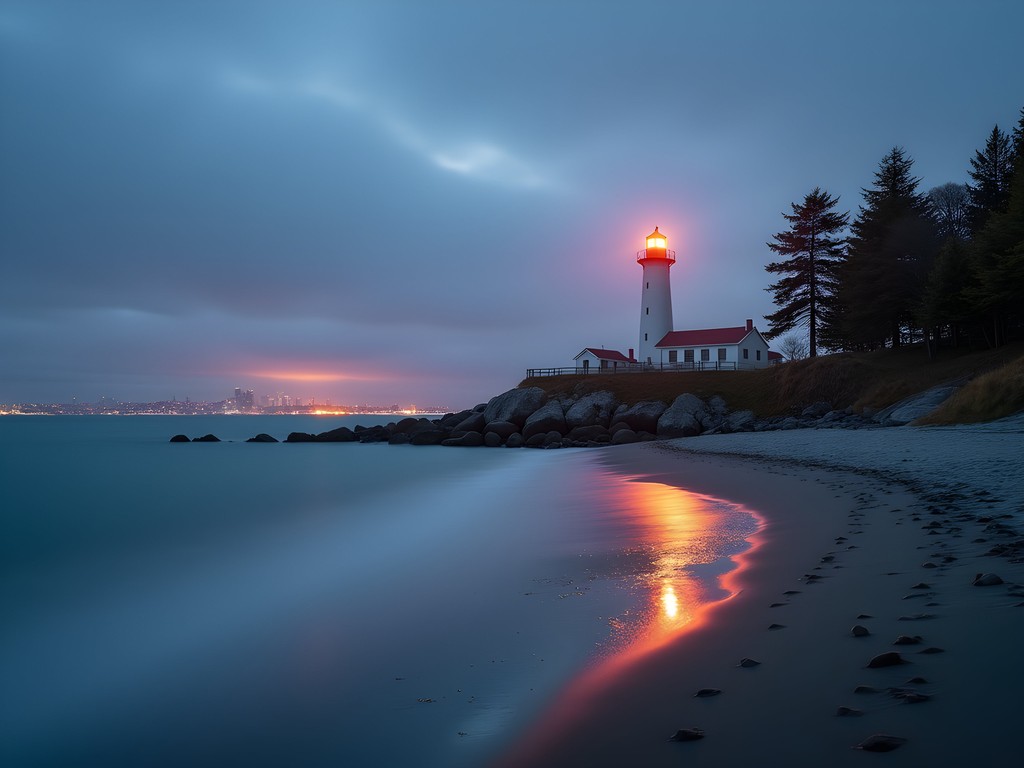
💡 Pro Tips
- Visit Alki Beach on foggy mornings when the Space Needle emerges mysteriously from the mist
- At Golden Gardens, use the driftwood as natural leading lines in your compositions
- Gas Works Park offers the best city reflections when winds are calm, typically early morning
Urban Texture & Color Stories
Seattle's neighborhoods tell their stories through texture and color in ways that remind me of how coastal communities express their identities through textiles. The Fremont District – particularly the area beneath the Aurora Bridge – offers a visual feast of street art, including the famous Fremont Troll. I've found early afternoon provides interesting shadow play across the concrete sculpture. The surrounding walls display ever-changing murals that document the neighborhood's artistic pulse.
Pioneer Square holds my favorite architectural textures in the city. The iron pergolas, terracotta facades, and cobblestone streets create a visual narrative of Seattle's history. When autumn rain slicks these surfaces, the reflections multiply the photographic potential exponentially. I always bring my rain sleeve to protect my equipment while capturing these rain-enhanced scenes.
For color enthusiasts, Capitol Hill's rainbow crosswalks and surrounding street art provide vibrant compositions year-round. The Broadway and Pike intersection offers particularly striking opportunities when paired with passing pedestrians in fall attire. I often set up near the light rail station entrance where the elevated perspective allows me to capture the geometric patterns of the crosswalks against human movement.
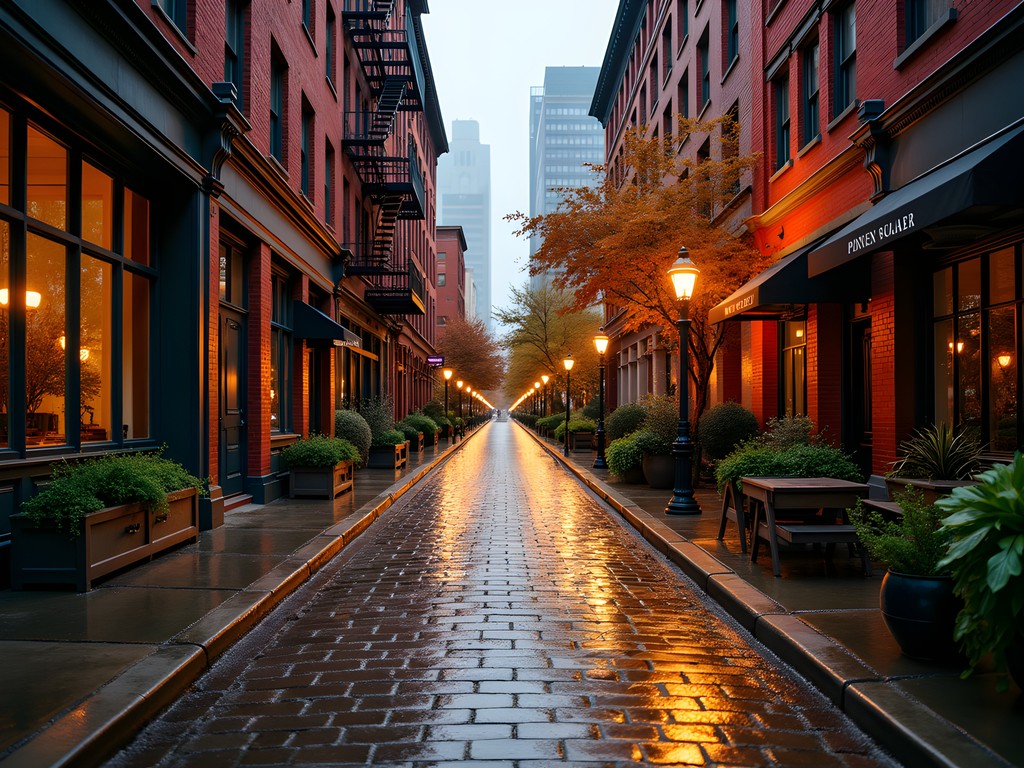
💡 Pro Tips
- Photograph the Fremont Troll using a wide-angle lens with a person in frame for scale
- In Pioneer Square, look for puddles after rain to create reflection compositions of historic buildings
- Use a polarizing filter at Capitol Hill crosswalks to enhance color saturation on overcast days
Secret Gardens & Natural Sanctuaries
Having spent decades studying marine ecosystems, I'm naturally drawn to Seattle's hidden pockets of biodiversity. The Kubota Garden in south Seattle represents my definition of photographic meditation. This 20-acre landscape blends Japanese design principles with Pacific Northwest flora in a way that creates endless intimate compositions. The maple trees in autumn burst into a symphony of reds and oranges that reflect magnificently in the garden's ponds. I typically arrive with my macro lens to capture the intricate details of moss-covered stones and fallen leaves.
Washington Park Arboretum offers another botanical haven, particularly the Japanese Garden section. The carefully pruned trees create natural frames that seem to have been designed specifically for photographers. During fall, the contrast between evergreen conifers and deciduous maples creates a tapestry of textures that rewards patient observation. I've spent entire afternoons near the stone bridge, watching how changing light transforms the scene hourly.
For those seeking woodland immersion without leaving the city, Schmitz Preserve Park in West Seattle harbors some of the city's oldest trees. This remnant old-growth forest creates cathedral-like light conditions as sunbeams filter through the canopy. The forest floor becomes particularly photogenic in autumn when fallen leaves create a natural color palette against the emerald moss. I always bring my collapsible reflector to bounce light into shadowy areas and reveal hidden details.
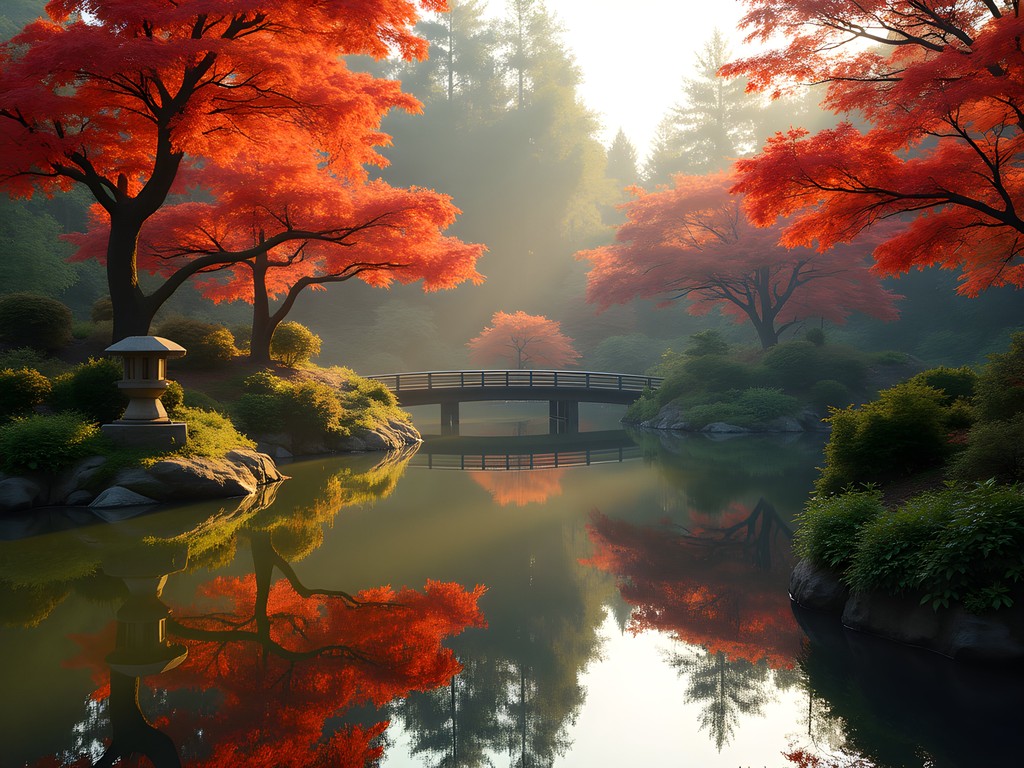
💡 Pro Tips
- Visit Kubota Garden during the golden hour when light filters through the Japanese maples at low angles
- At Washington Park Arboretum, use a telephoto lens to compress layers of differently colored trees
- In Schmitz Preserve, look for spots where light beams penetrate the canopy to create spotlight effects on the forest floor
Market & Maritime Moments
While Pike Place Market appears on every Seattle itinerary, few visitors understand how to capture its essence beyond the obvious fish-throwing shots. My approach focuses on the Market's Lower Levels, where light filters through narrow corridors in ways that remind me of underwater caverns. The shops selling textiles and crafts offer rich color studies that connect to my fascination with how coastal communities express themselves through handwork. Early mornings (before 8 AM) provide the best opportunity to photograph the market without crowds.
The Fishermen's Terminal in Interbay offers an authentic glimpse into Seattle's maritime industry that most tourists miss entirely. The weathered fishing vessels, coiled ropes, and stacked crab pots create textural compositions that tell stories of human relationship with the sea. I'm particularly drawn to the contrast between the bright orange buoys against the deep blues of boat hulls. My waterproof notebook has been invaluable for recording the stories shared by fishermen who've become accustomed to seeing me photograph their vessels over the years.
For those seeking elevation, Kerry Park provides the classic Seattle skyline view, but I prefer the less-visited Hamilton Viewpoint Park in West Seattle. This vantage point aligns the city with Mount Rainier on clear days, creating a powerful juxtaposition of urban and natural elements. During autumn, the low-angled afternoon light bathes the city in a golden glow that transforms glass skyscrapers into pillars of fire. I always bring my travel thermos filled with hot tea to stay warm while waiting for perfect light conditions.

💡 Pro Tips
- At Pike Place Market, look for shaft lighting in the lower corridors during mid-morning
- Visit Fishermen's Terminal when boats are being loaded or unloaded for authentic maritime action shots
- At Hamilton Viewpoint, arrive an hour before sunset to set up your composition before the golden light peaks
Light & Shadow Architectural Studies
Seattle's modern architecture provides fascinating studies in how light interacts with glass, steel, and concrete – interactions that remind me of how sunlight penetrates water columns to illuminate coral formations. The Seattle Public Library downtown branch represents architectural origami in glass form. Its geometric façade creates ever-changing patterns as light conditions shift throughout the day. I'm particularly drawn to the 4th floor's red corridor, where monochromatic immersion creates powerful minimalist compositions.
The Olympic Sculpture Park combines architectural elements with sculptural forms against the backdrop of Puget Sound. Alexander Calder's "Eagle" creates dramatic silhouettes at sunset, while the terraced landscape design offers multiple perspectives of how art interfaces with environment. During autumn, the low sun angle creates extended shadows that add another dimension to the sculptural forms. I often bring my lens cleaning kit to combat the salt spray when photographing from the waterfront sections.
For interior architecture enthusiasts, Union Station's Great Hall offers soaring ceilings and dramatic light through arched windows. The geometric patterns of light on the marble floor create natural compositions that change hourly. Early afternoons typically provide the most dramatic light shafts through the high windows. The station's blend of historic elements with modern renovations creates a visual conversation between Seattle's past and present that I find particularly compelling.

💡 Pro Tips
- At Seattle Public Library, visit on sunny days when light creates dramatic patterns through the glass exterior
- At Olympic Sculpture Park, use sculptures as foreground elements with Elliott Bay and mountains as background
- In Union Station, look for geometric light patterns on the floor created by the arched windows
Final Thoughts
As I've discovered in my decades of photographing both underwater realms and urban landscapes, the most compelling images emerge when we dive beneath the obvious. Seattle offers a particularly rich environment for this type of visual exploration – a city where natural and human elements intertwine in constantly shifting patterns of light, texture, and color. These 15 locations have provided me with a photographic journal of Seattle's many moods and moments, each frame capturing something more intimate than the postcard views most visitors take home.
I encourage you to approach these spots with patience and curiosity. Allow yourself to observe how light transforms ordinary scenes into extraordinary compositions. Notice how autumn's particular quality of light – softer and more directional – creates depth and dimension in urban landscapes. Most importantly, seek your own visual relationship with this multifaceted city. The most compelling photographs emerge not from following others' footsteps but from discovering your unique perspective on a place. Seattle, with its layers of natural beauty, industrial history, and cultural expression, provides an ideal canvas for this discovery.
✨ Key Takeaways
- Visit photographic locations during golden hour (early morning/late afternoon) when Seattle's autumn light is most dramatic
- Look beyond obvious landmarks to find authentic visual stories in neighborhoods, markets, and natural spaces
- Use Seattle's frequent rainfall as a photographic ally by incorporating reflections into your compositions
📋 Practical Information
Best Time to Visit
September-November for autumn colors and dramatic light
Budget Estimate
$200-300 for a weekend (excluding accommodations)
Recommended Duration
2-3 days to explore all locations
Difficulty Level
Easy To Moderate (Some Locations Require Short Hikes)
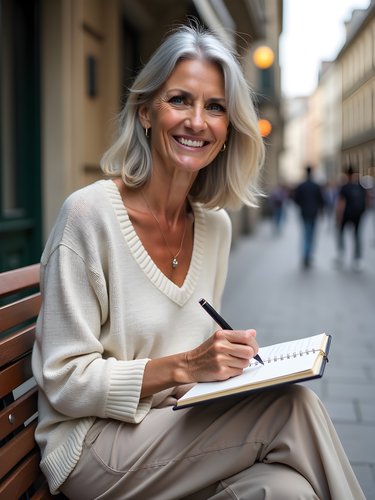
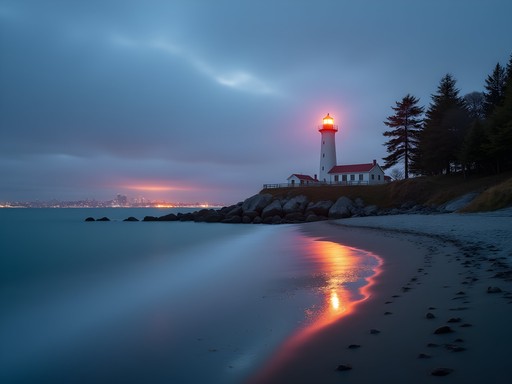






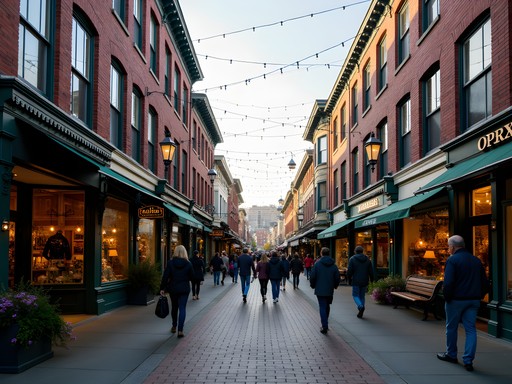
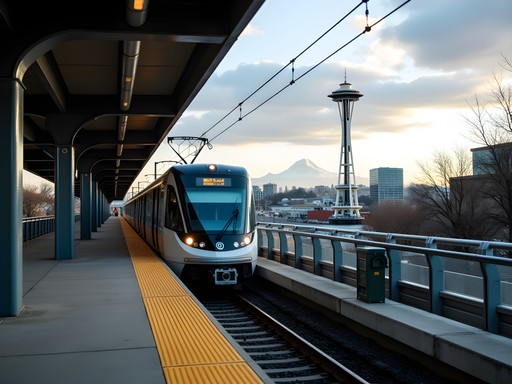

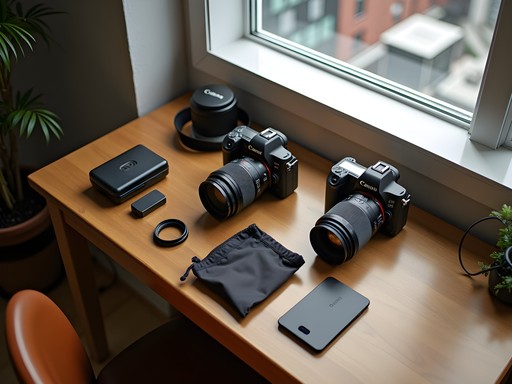
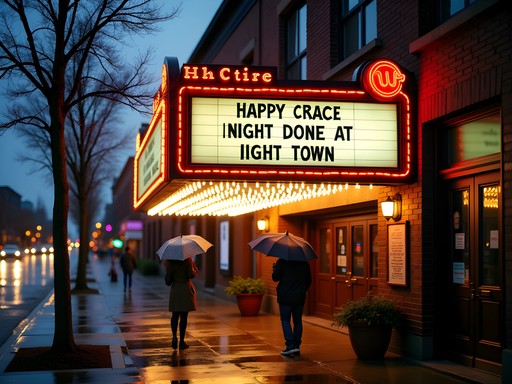



Comments
nomadbackpacker7130
Don't skip the Ballard Locks! Not in this guide but we saw seals there while boats were passing through. Great for wildlife photography if you're patient.
adventurestar
Anyone know if these spots are still good for photos in November? Planning a trip and worried about the rain!
nomadbackpacker7130
Seattle in the rain is actually amazing for photos! The reflections on the wet streets make everything pop. Just bring a rain cover for your camera.
Savannah Walker
Audrey, you've captured the soul of Seattle so beautifully! I was there doing a photography workshop last summer and discovered that early morning at Pike Place (before 7am) is pure magic - all the vendors setting up, steam rising from the sidewalks, and that incredible light bouncing off Elliott Bay. I'd add the Chihuly Garden to your list - the glass sculptures against different weather conditions create completely different moods. I got some incredible shots using my wide angle lens for the indoor exhibits, which really helped capture the scale and detail. Seattle is definitely a city that rewards the photographer who wakes up early and stays out late!
adventurestar
Is Pike Place really worth visiting that early? I'm heading there next month but I'm definitely not a morning person!
Savannah Walker
Honestly, yes! Even if you just do it once. The light is incredible and you'll get photos without crowds. Plus, watching the fish market guys set up is entertaining!
skyexplorer
Those shots from Kerry Park are stunning! The way you captured the skyline with Mt. Rainier in the background is just perfect.
blueadventurer
Just got back from Seattle last week and this guide would have been SO helpful! Still managed to find the Fremont Troll and got some cool shots there. The light at Gas Works Park at sunset was absolutely magical - definitely worth timing your visit for golden hour. Anyone else notice how the city has this amazing blue-green tint when it's overcast? Makes for such moody photos.
nomadbackpacker7130
That blue-green tint is so Seattle! They call it the 'emerald filter' I think.
blueadventurer
Emerald filter! That makes sense with the whole Emerald City nickname. Thanks!
travelwanderer3682
Just got back from Seattle and used this guide - the Secret Gardens section was perfect for our rainy day! The Volunteer Park Conservatory was magical in the rain and practically empty. The cafe there makes amazing hot chocolate too - perfect for warming up between shots!
wintervibes
Those shots of the houseboats at sunset are incredible! Any tips on camera settings for capturing that perfect golden hour light on water?
Audrey Scott
Thank you! For those houseboat shots, I used a polarizing filter to cut glare and shot at f/8, ISO 100, with a slightly underexposed setting (-0.7) to preserve the rich colors in the sky. The key is getting there about 30 minutes before actual sunset!
Casey Andersson
Just returned from a weekend splurge in Seattle and can confirm these spots are absolute gold for the 'gram! The Volunteer Park Conservatory deserves special mention - those Victorian glass panes create the most ethereal light for plant photography. If you're willing to splurge, I booked a private sunrise helicopter tour that gave me absolutely stunning aerial shots of the city with Mt. Rainier in the background. Not cheap, but the perspectives you get are unmatched for unique content. Also, winter in Seattle has this moody fog that adds so much atmosphere to urban shots - don't dismiss visiting in the off-season!
wintervibes
That helicopter tour sounds amazing! Was it very expensive? Thinking about a Seattle trip in January and wondering if the winter fog is worth it or if it's just too rainy and gray.
Casey Andersson
It was about $300 for a 30-min tour, so definitely a splurge! January can be hit or miss, but when you get those foggy mornings with partial clearing, the photos are incredible. Just bring waterproof gear for your camera!
happyhero
Those Water's Edge photos are stunning! How did you get that perfect reflection at the Chihuly Garden? Every time I try shooting glass it's a disaster of glare and weird shadows.
Audrey Scott
Thanks! For the Chihuly glass, I went early morning when the light is softer and used a circular polarizer to control reflections. Also, shooting slightly underexposed helps preserve the vivid colors in the glass!
Bryce Diaz
Audrey, you've nailed it with this guide! On my last solo trip to Seattle, I discovered that twilight at Gas Works Park offers this magical blue hour where the city skyline reflects perfectly on Lake Union. I'd add that to your Water's Edge section! Also found that early mornings (like 6-7am) at Pike Place are photographer heaven - all the vendors setting up with almost no tourists. Got some of my most authentic Seattle shots then. The morning light streaming through the market is something else entirely.
Audrey Scott
Great addition about the early morning Pike Place shots, Bryce! You're absolutely right about that golden light streaming through. I'll have to try your Gas Works Park twilight tip next time I'm in town.
Venture X
Premium card with 2X miles, $300 travel credit, Priority Pass